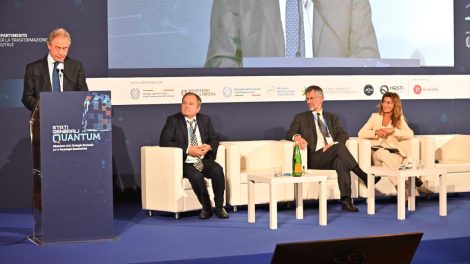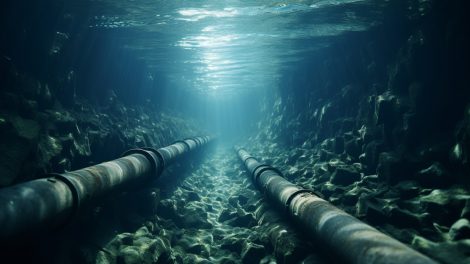The race for electric batteries is undoubtedly one of the most important fronts in this century’s global technological competition. And as its latest Industrial Strategy outlines, the European Commission’s approach to state aid and competition policy is changing to allow the massive investments required by gigafactories, as well as other sectors deemed strategic for the future security and competitiveness of Europe’s industrial base.
Two main drivers underpin this change of tack. The first is the effort to decarbonise the energy and automotive sectors, in line with the EU’s commitments to fight climate change. The second relates to the techno-industrial competition between the US and China, which encompasses several sectors – semiconductors, cloud tech, batteries – and requires public intervention instruments, which the EU mostly lacks.
The current state of the art
The wave of regulation and investment in the automotive sector has upended the global market. EV sales rose by 113% in 2021 alone, with a record production of 286.2 GWh worth of batteries. But these figures would have been impossible, were it not for Asia’s production capacity.
Three major Asian players are behind most of this industrial output: CATL, the Chinese lithium iron phospate battery giant, LG Energy Solution (Korea) and Panasonic (Japan). These three companies currently account for 67% of the battery market share. McKinsey predicts that China alone will have a production capacity of 1220 GWh by 2025.
The European Commission knows it must avoid trading dependence on fossil fuels with new tech dependence. European demand for batteries in 2030 will be 10 to 15 times the current production volume in Europe. To reduce dependencies on battery cells (anodes and cathodes) and battery metals (lithium, cobalt, nickel, graphite and manganese), the European Battery Alliance is pushing for investment and supply diversification along all the battery value chain.
Public requirements or private interests?
On the demand side, European directives would play an essential role in stimulating the automotive industry’s transition to EVs. With the approval of the Fit for 55 package, the EU aims to cut emissions by 55% (compared to 1990 levels) by 2030 and 100% by 2035. This means that European car manufacturers will have to convert their production lines in just over 10 years – a colossal industrial challenge requiring increasingly close coordination between the public and private sectors, so as to mitigate strategic dependencies and preserve the technological cutting edge. Two Important Projects of Common European Interests (IPCEIs) have been drawn up to prop up the battery value chain and stimulate European innovation.
The bloc expects to produce 379 GWh of batteries by 2025, or about 70% of demand from the automotive sector. This would be a major achievement, mobilizing public funds (starting with the €2.9 billion in State aid the Commission greenlit in January 2021) and private funds (mainly through foreign direct investment) to fuel 111 projects in the battery ecosystem (including mining sites, circular economy start-ups and production facilities) and install 20 gigafactories.
However, a recent study by Transport&Environment indicates that the plans announced by the main European car manufacturers are far more ambitious than the regulations issued by Brussels. There are two possible explanations for this: either European automakers fear an increasingly stringent top-down phase-out of polluting cars, or they see the risks of being supplanted by aggressive Asian automotive and battery players.
On the supply side, the success of European EVs will be a matter of industrial competitiveness: without gigafactories to provide automakers with batteries, supply could become a strategic dependency issue for the EU. This is even clearer from the point of view of supplies of critical materials, such as battery metals and rare earth elements, which would require long-term supply partnerships and diversification policies with resource-rich countries.
A material challenge
Ensuring a stable, affordable and sustainable supply of rare metals is one of the priorities of the Commission, which operates mainly through the European Raw Materials Alliance.
The aim is to be prepared for future market shocks, especially in the raw materials segment. Between January 2020 and February 2022, the prices of cobalt, nickel and lithium increased by 119, 55 and 569% respectively. Currently, the global mismatch between supply and demand is a matter of concern: Benchmark Mineral Intelligence has estimated that the 2030 deficit of lithium on the global market could reach 300,000 tonnes in the absence of new mining sites.
The EU will have to be ready, as the economics for critical materials is very complex and prone to market failures compared to traditional commodities. The semiconductor shortage, too, has triggered a new wave of European public interventionism: the EU has allocated major investments to build first-of-a-kind foundries and planned a considerable relaxation of stringent state aid rules to increase fab capacity.
The EU is facing the first signs of the costs and challenges of the energy and digital transition. And the moment has certainly provided an opportunity for a broad rethink of the bloc’s political and industrial strategies. Whether it will be enough is a century-defining matter.





